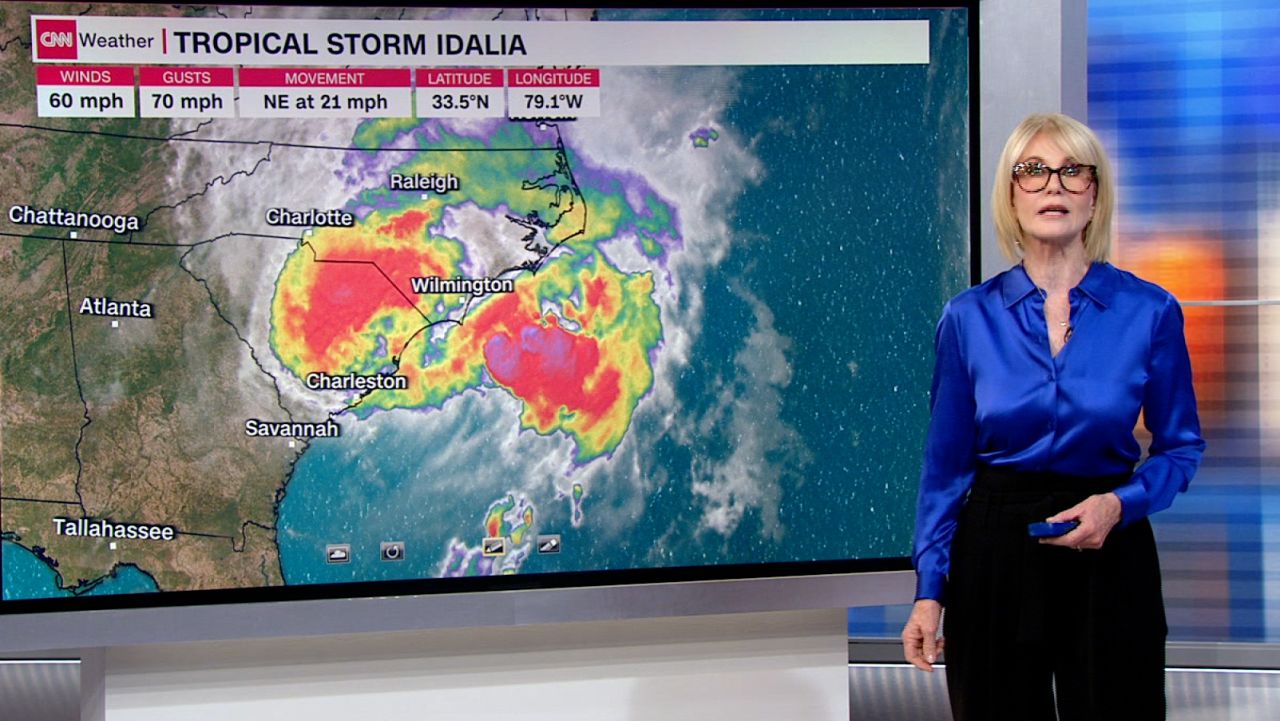With nearly 275,000 customers in Florida, Georgia and the Carolinas experiencing power outages due to Idalia, according to data from PowerOutage.us, generators are likely humming across those states right now.
But incorrectly using a generator can lead to dangerous consequences, such as electric shock or electrocution, fire, or carbon monoxide poisoning from engine exhaust, according to the US Department of Energy’s Office of Cybersecurity, Energy Security, and Emergency Response.
If you’re without power and thinking of using a portable generator, here are seven tips for doing it safely.
Install battery-operated carbon monoxide alarms
Carbon monoxide is a colorless, odorless gas produced when a fossil fuel – coal, crude oil or natural gas – is burned by furnaces, portable heaters or generators, vehicles, stoves, grills, gas ranges or fireplaces. Depending on a generator’s power capacity, it can emit as much carbon monoxide as a few hundred idling cars.
Breathing in too much carbon monoxide can cause symptoms including headache, upset stomach, dizziness, weakness, vomiting, chest pain and confusion. Depending on how much you inhale and your health status, you could also faint or die.
Installing and testing a battery-operated carbon monoxide monitor with a digital readout that shows CO concentration level is a critical method for knowing levels of carbon monoxide exposure, according to Nicolette Nye, a spokesperson for the US Consumer Product Safety Commission.
Disconnect your normal source of power
Even if you’ve lost electricity, you still need to disconnect your normal source of power by turning the main breaker or fuse off before plugging the generator into a household circuit, according to the US Centers for Disease Control and Prevention.
If you don’t, “the electrical current could reverse, go back through the circuit to the outside power grid, and energize power lines or electrical systems in other buildings to at or near their original voltage without the knowledge of utility or other workers,” the CDC warned.
Know where and how to position them
Generators are for outdoor use only, far away from any physical structures. The National Weather Service says you should keep a generator at least 20 feet away from doors, windows and vents, and never run one inside a home or garage, even if doors and windows are open.
A very common scenario that leads to deaths is when rainy weather prompts people to put generators in their garage and maybe prop their garage door open, driving exhaust into the home, said Paul Hope, the home and garden editor at Consumer Reports.
Keep reading for more tips.



















